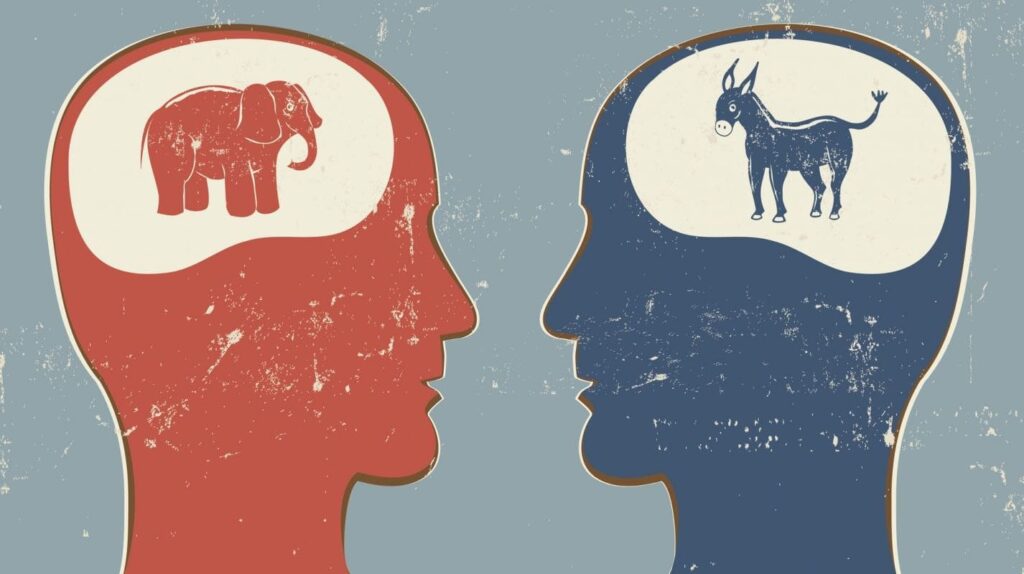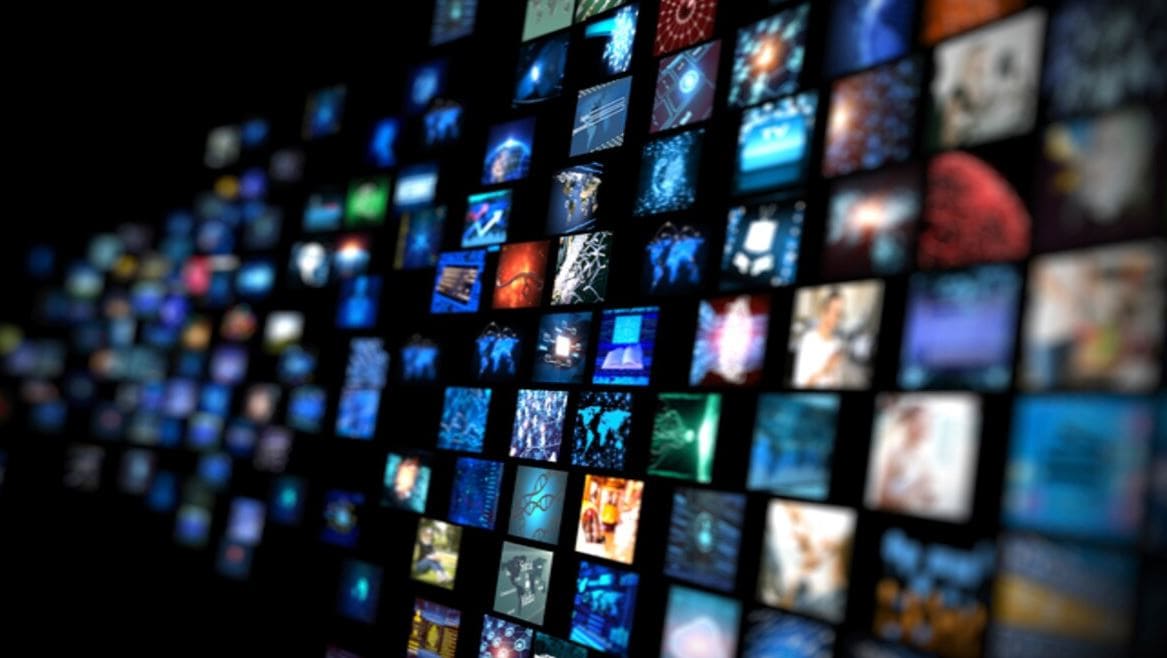Introduction
Political polarization refers to the rise of ideological and partisan divisions between different groups or individuals within a specific society, particularly within the social democratic space. Governance is the process and manner in which a single nation is directed, managed, and regulated. Political polarization in the United States is mainly caused by the rise of partisan media, which results in the erosion of bipartisanship, necessitating a comprehensive approach to address its root causes and mitigate its adverse effects.
Political Polarization and Its Causes
One of the significant causes of political polarization in the United States is the rise of partisan media. Partisan media shapes and reinforces individuals’ beliefs, attitudes, and perceptions in a way that aligns with a particular political ideology. Americans who primarily rely on ideologically-driven news sources are less likely to compromise and more likely to view the other side as a threat.1 Cable news networks, social media, and online platforms have increasingly catered to niche audiences with biased viewpoints. Understanding the structure of an example of rhetorical analysis essay can help uncover how these platforms frame narratives. As a result, citizens are exposed to echo chambers that reinforce their beliefs, deepening divisions and fostering animosity toward the opposing political camp.
1. Petter Törnberg, “How Digital Media Drive Affective Polarization Through Partisan Sorting,” Proceedings of the National Academy of Sciences 119, no. 42 (2022): 1, https://doi.org/10.1073/pnas.2207159119.

Consequences of Political Polarization on Governance
The erosion of bipartisanship and the prevalence of hyper-partisanship hinder the legislative process, leading to gridlock in Congress. Bipartisan cooperation on crucial policy issues, such as healthcare and immigration reform, has significantly declined over the past two decades.2 As such, the lack of political will and cooperation stalls progress on pressing national problems while undermining public trust in government institutions. These consequences can weaken the effectiveness of democratic institutions, hinder progress, and create a less stable and inclusive political environment.
2. Renae Marshall and Matthew G. Burgess, “Advancing Bipartisan Decarbonization Policies: Lessons From State-Level Successes and Failures,” Climatic Change 171, no. 17 (2022): 2, https://doi.org/10.1007/s10584-022-03335-w.
Strategies to Mitigate Political Polarization
Political polarization can be mitigated by promoting media literacy and critical thinking among citizens and through electoral reforms. Research demonstrates that media literacy education can increase people’s willingness to consider alternative viewpoints, bridging the gap between different political ideologies.3 Equipping individuals with the skills to discern credible information from misinformation helps them to resist the pull of partisan narratives and engage in more constructive dialogue. Moreover, people from different municipalities can successfully adopt electoral reforms, demonstrating their potential to enhance political discourse and foster compromise. Lastly, implementing ranked-choice voting can incentivize politicians to appeal to a broader range of voters, discouraging the public from using extreme rhetoric to energize their political base. Therefore, fostering media literacy and critical thinking empowers individuals to navigate and consider the complex media landscape and diverse perspectives, which promotes a more inclusive and cooperative political landscape.
3. Sabine Geers, Mark Boukes, and Judith Moeller, “Bridging the Gap? The Impact of a Media Literacy Educational Intervention on News Media Literacy, Political Knowledge, Political Efficacy Among Lower-Educated Youth,” Journal of Media Literacy Education 12, no. 2 (2020): 42, https://doi.org/10.23860/jmle-2020-12-2-4.
Conclusion
Political polarization has become a significant obstacle to effective governance in the United States. The rise of partisan media has perpetuated ideological echo chambers, contributing to the deepening divide between various political parties. Consequently, the government’s ability to address critical issues and serve the nation’s interests has been severely compromised. Nonetheless, there is hope for a less polarized political landscape through media literacy education and electoral reform.
Bibliography
Geers, Sabine, Mark Boukes, and Judith Moeller. “Bridging the Gap? The Impact of a Media Literacy Educational Intervention on News Media Literacy, Political Knowledge, Political Efficacy Among Lower-Educated Youth.” Journal of Media Literacy Education 12, no. 2 (2020): 41–53. https://doi.org/10.23860/jmle-2020-12-2-4.
Marshall, Renae, and Matthew G. Burgess. “Advancing Bipartisan Decarbonization Policies: Lessons From State-Level Successes and Failures.” Climatic Change 171, no. 17 (2022): 1-22. https://doi.org/10.1007/s10584-022-03335-w.
Törnberg, Petter. “How Digital Media Drive Affective Polarization Through Partisan Sorting.” Proceedings of the National Academy of Sciences 119, no. 42 (2022): 1-11. https://doi.org/10.1073/pnas.2207159119.


